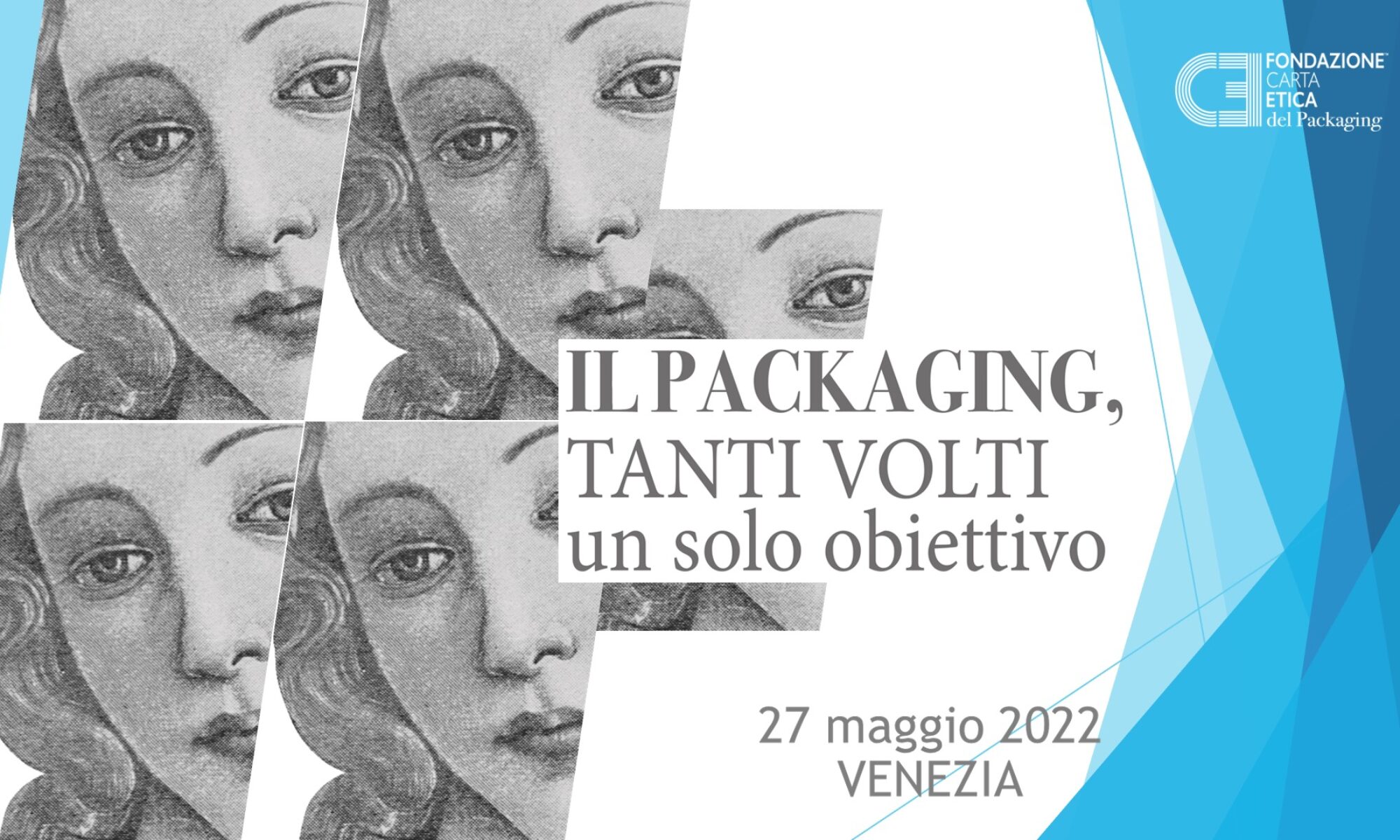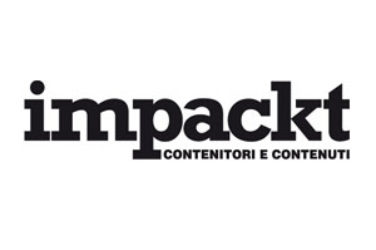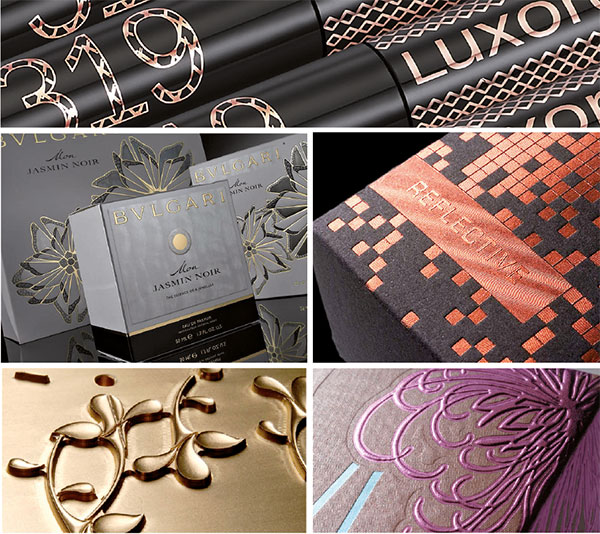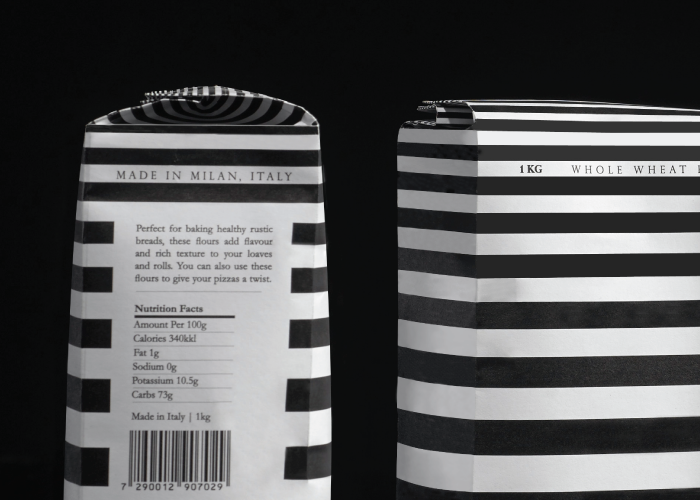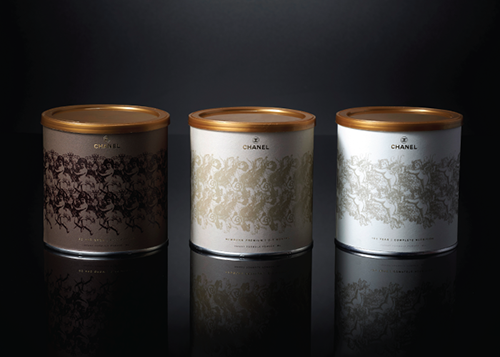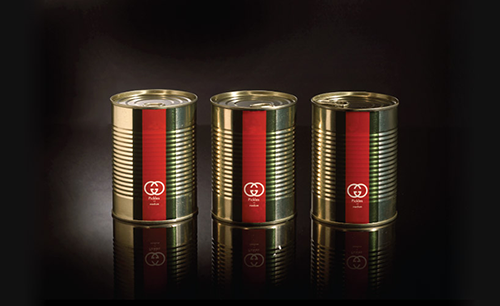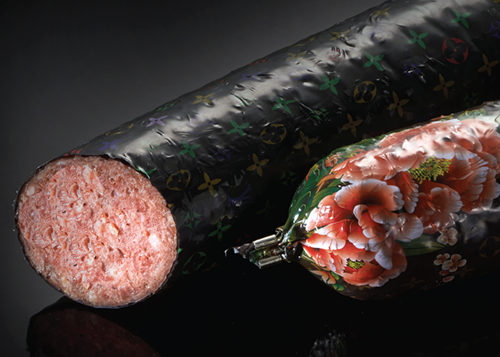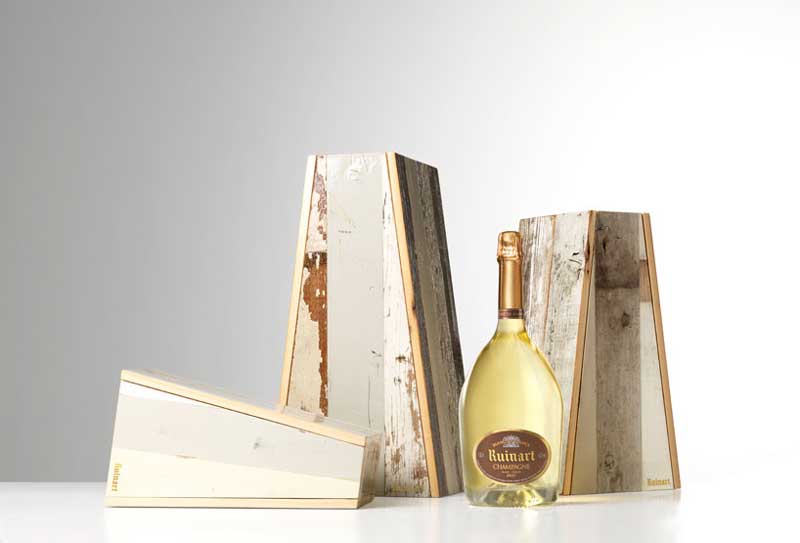A journey of the senses in discovery of unique products: Luxoro opens its own exhibition space at Paper&People, Europe’s largest graphic paper showroom.
“See. Touch. Feel.” Those words evoke an experience that is at once physical and emotive. It is to feeling that Luxoro appeals in adopting these words as the pay-off of the promotional campaign behind a new initiative at the Paper&People showroom in Milan (15 June through to the end of the year). Appearing at what has become a go-to event for design and communications professionals marks an exception for Luxoro, which for the first time presented there paper and board products beyond its standard fair sample selection.
«At what I like to call a “library specialized in beauty”, we wished to create a space of our own, where everyone could see and touch the beauty of labels, packaging and printed products made using the foils of the Kurz Group, for which we are the exclusive distributors in Italy» explained Luxoro CEO Jana Kokrhanek at the popular “vernissage”.
And so the best of graphic decoration was on show, with the precise objective of sharing an experience resulting from a balanced mix of style, innovation and technology «Which – as Kokrhanek points out – is not exclusively targeted at luxury products, but interprets an ideal of beauty that has now become part of the collective imagination.
Basically, we feel ourselves to be “beauty communicators for the printing industry”, and in this we are truly fortunate. What we like to do is explore new ways for familiarizing the market with the endless possibilities of our offer by providing a far-reaching consulting service on everything from selecting materials to identifying the most appropriate decorative effects for a given product. We do this with a sincere desire to pique the curiosity of potential users».

THE LUXORO SPACE AT PAPER&PEOPLE
It features an urban style and a deconstructed visual concept that highlight a selection of the finest decoration (packaging, labels, covers, inserts).
Visitors can find plenty of Hinderer+Mühlich plates, veritable works of art in copper that light up the paper with reliefs, engraving and micro- and nano-incisions for both hot foil stamping and dry applications.
